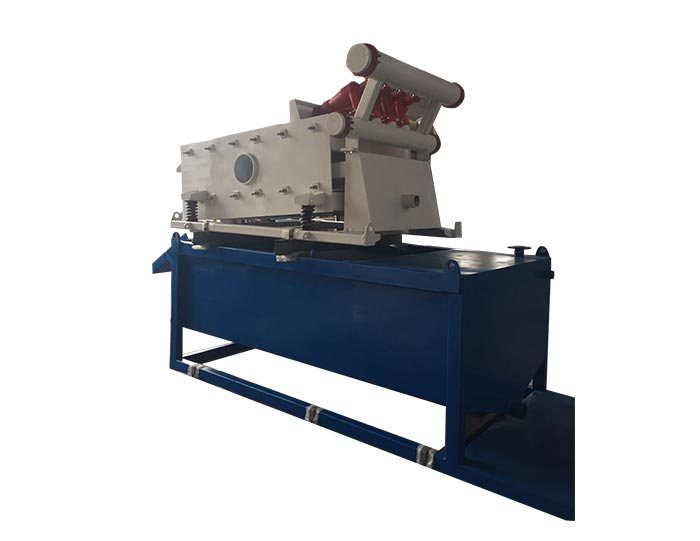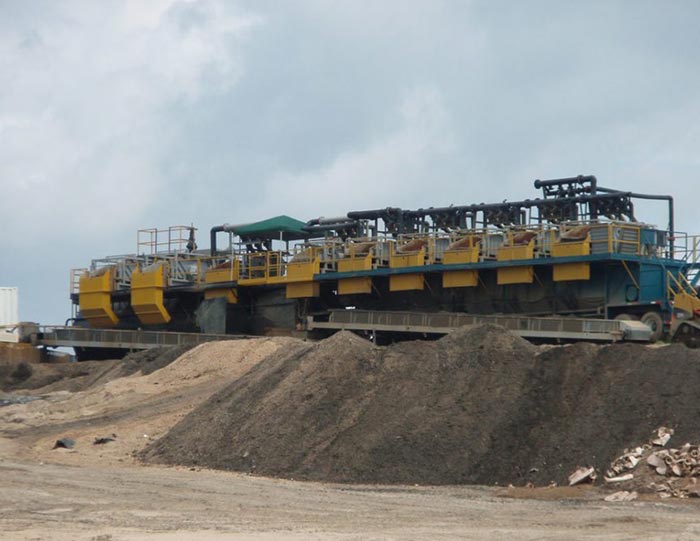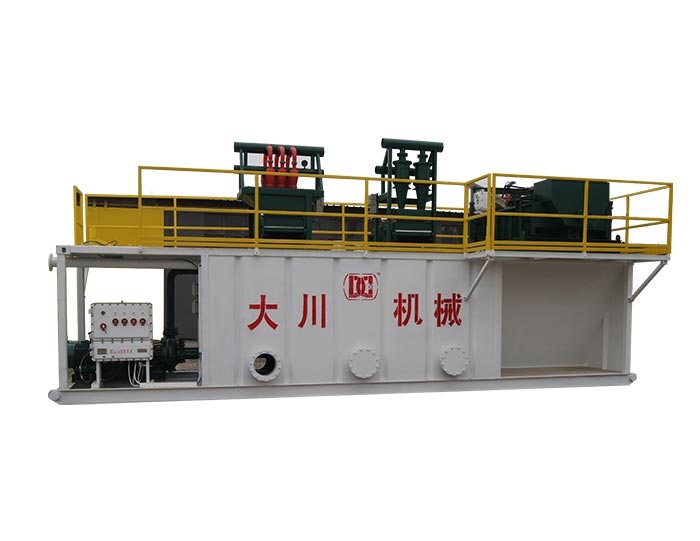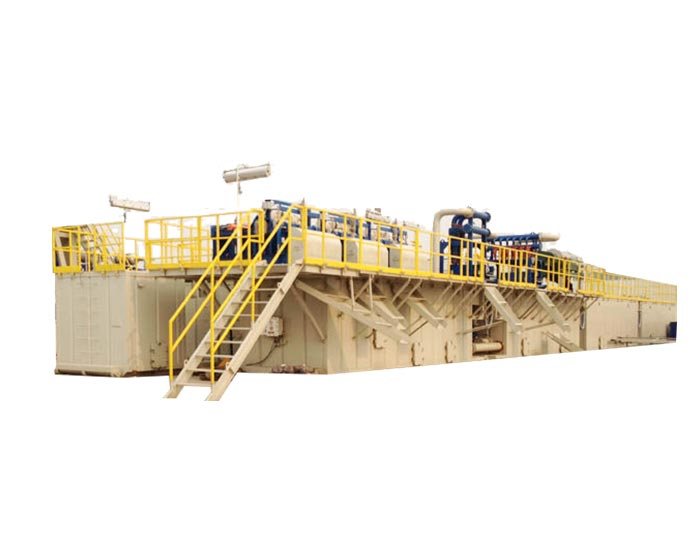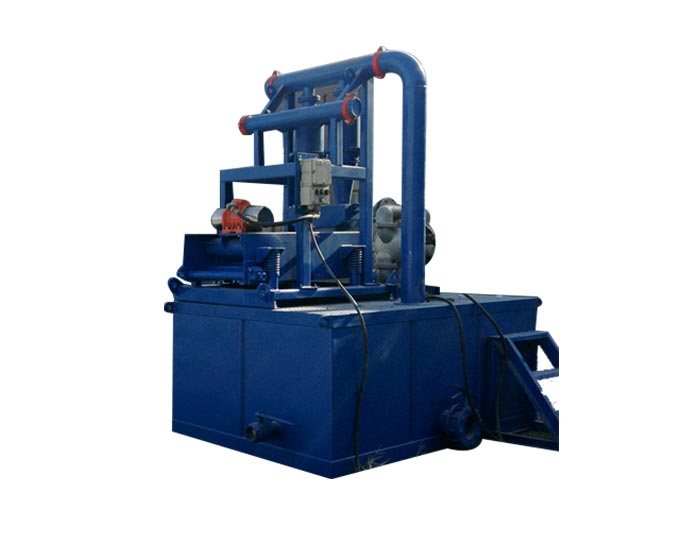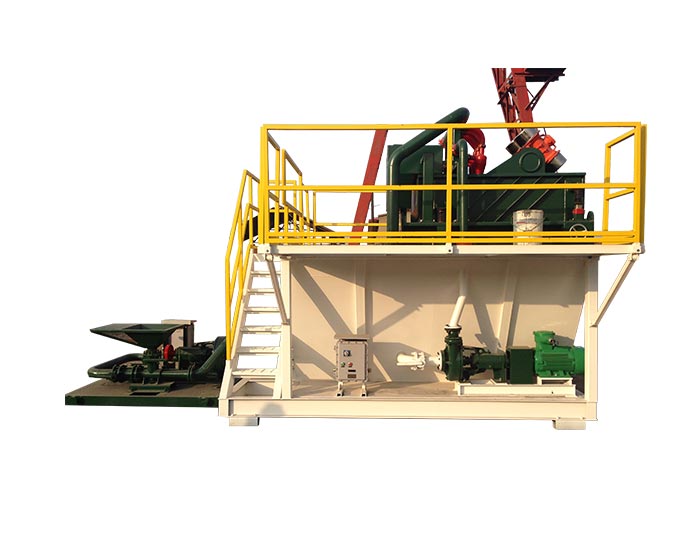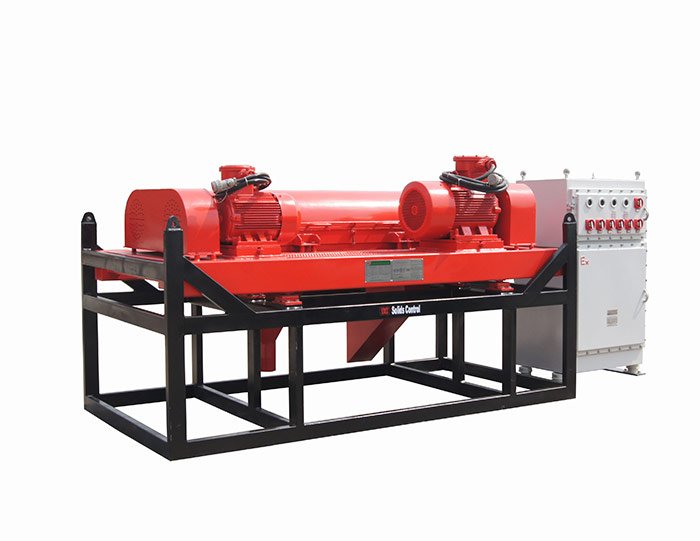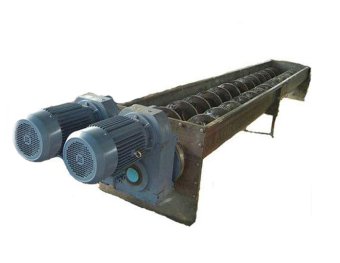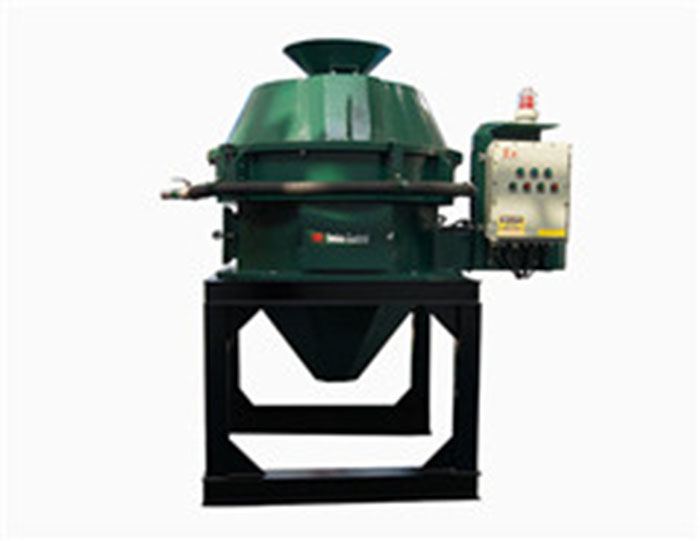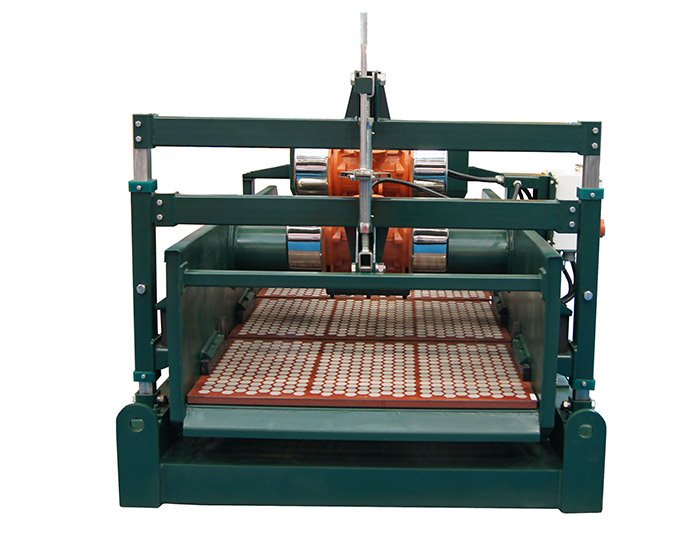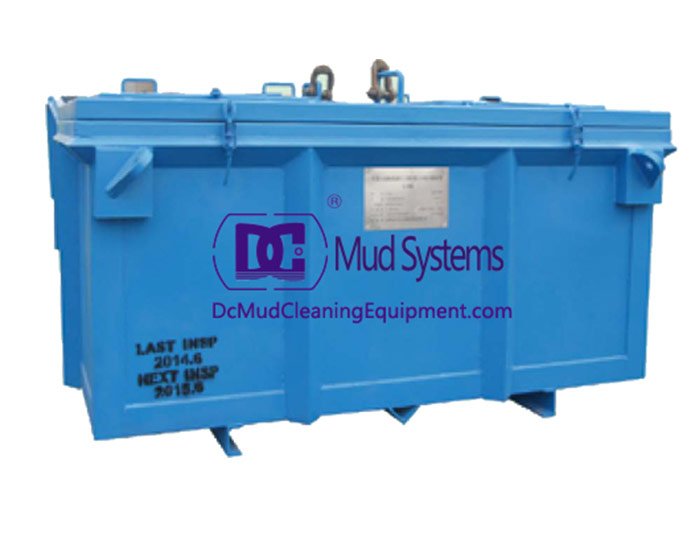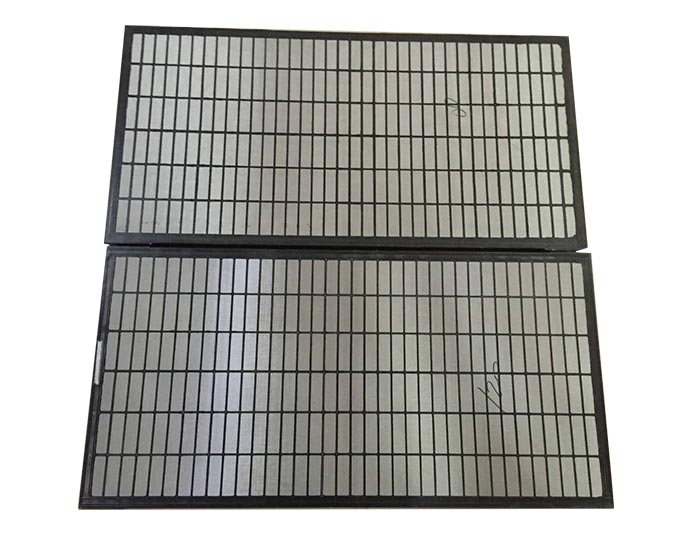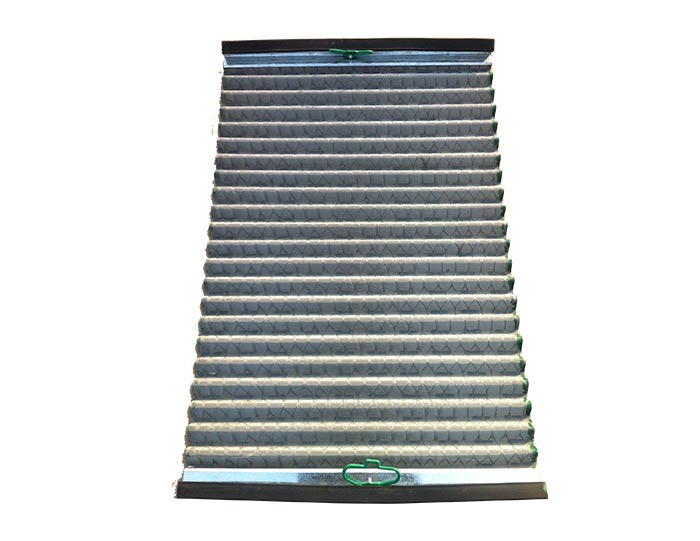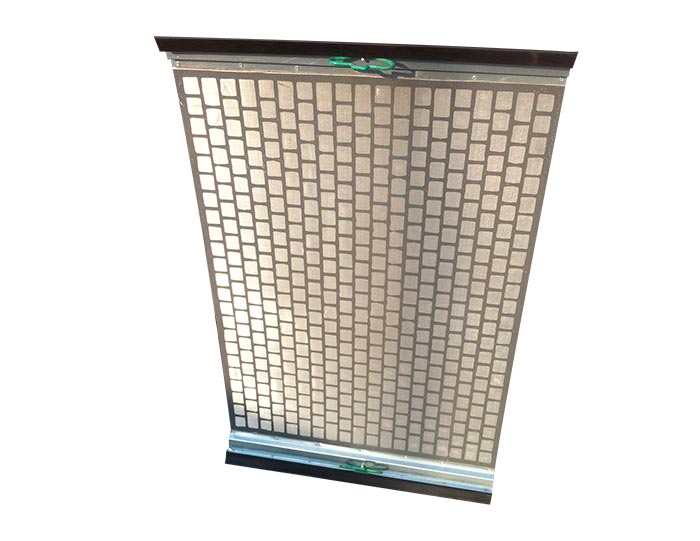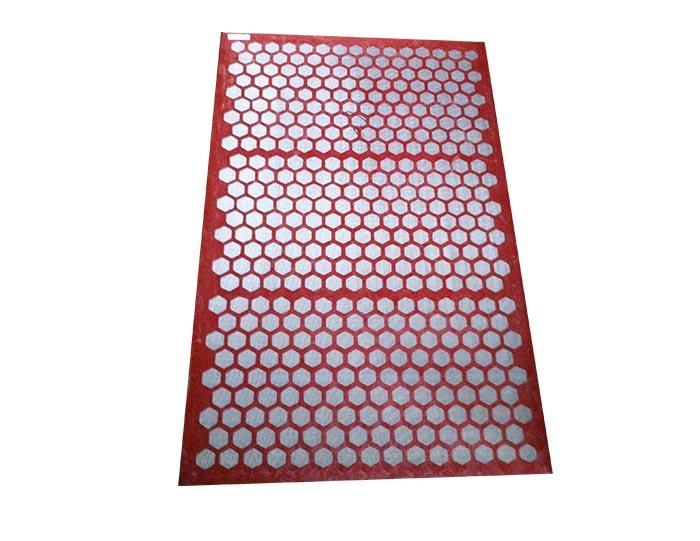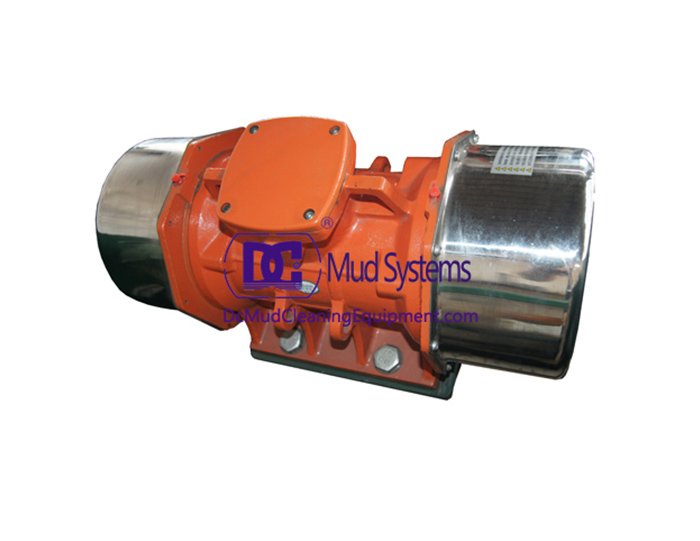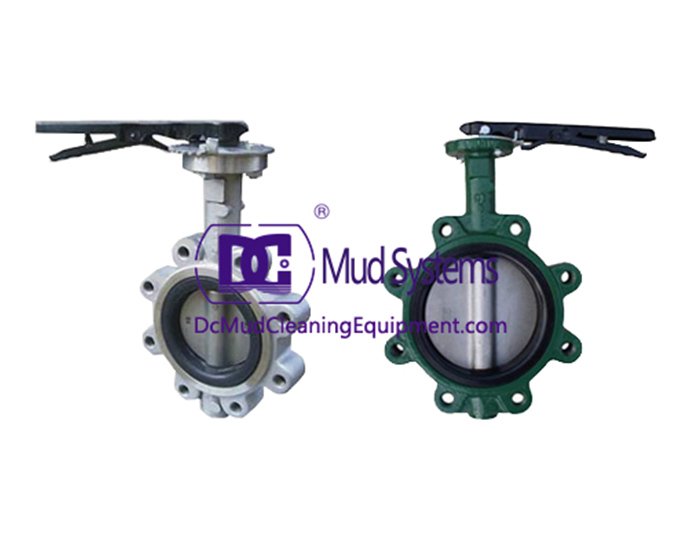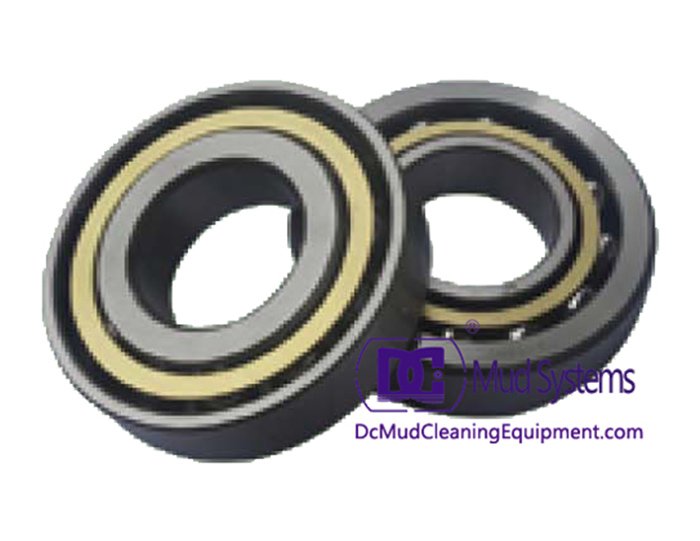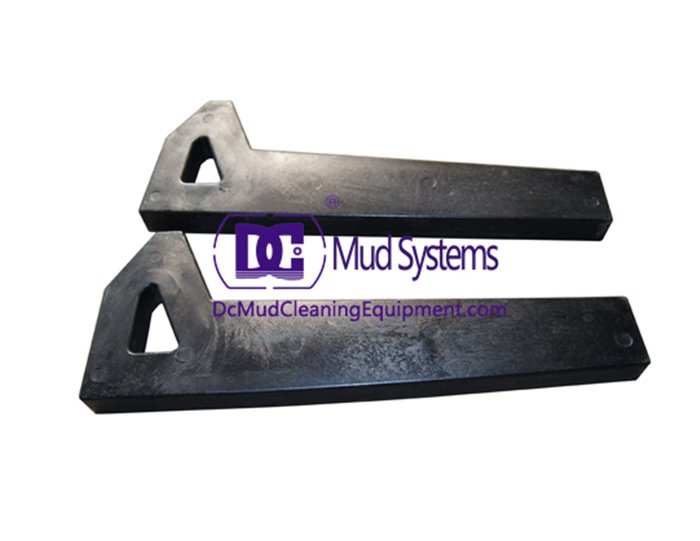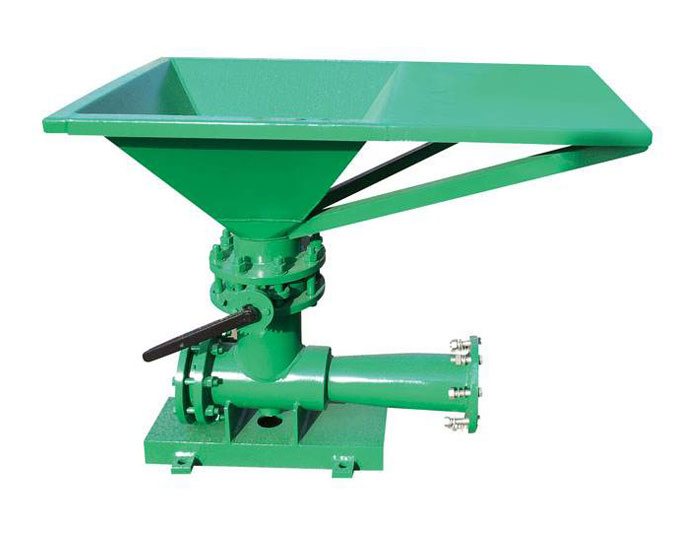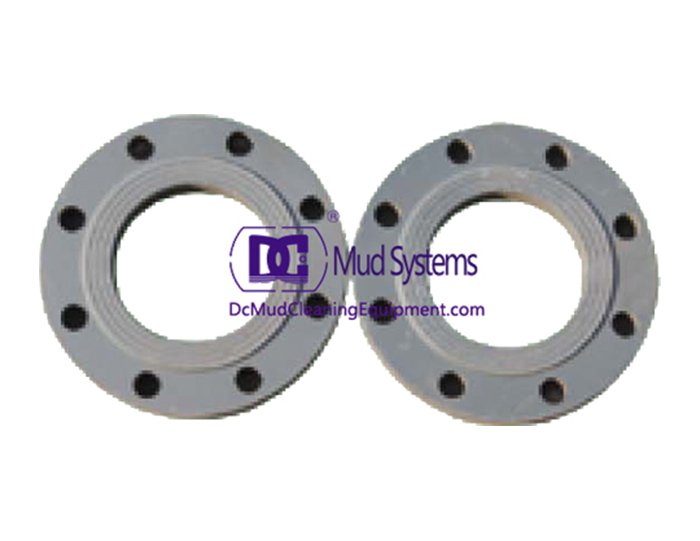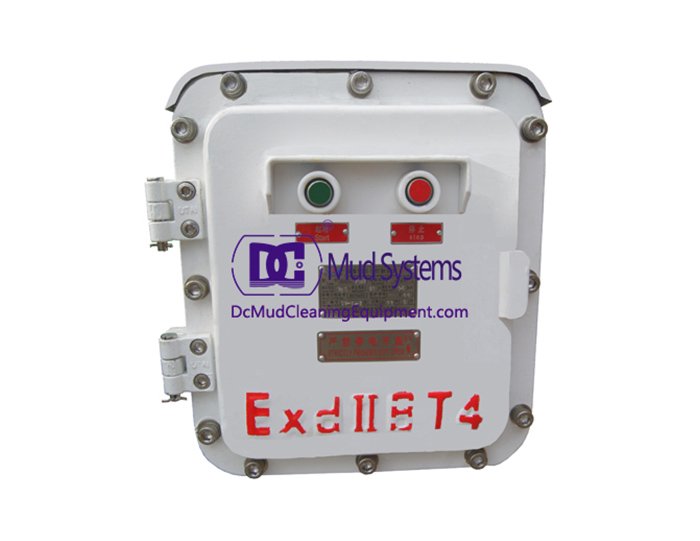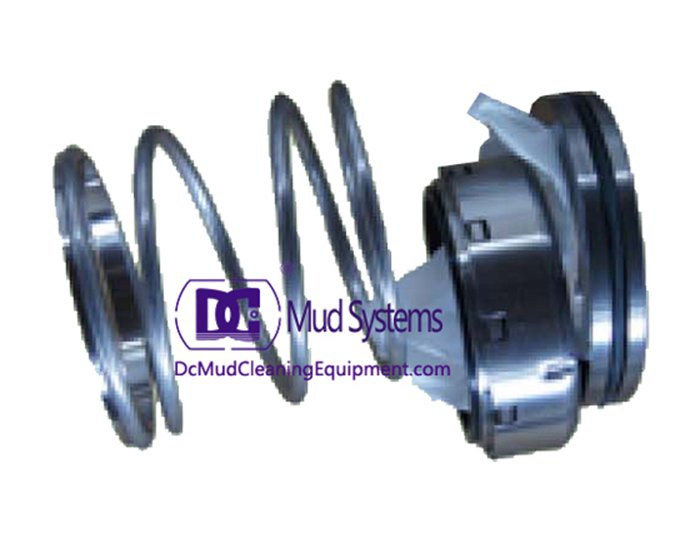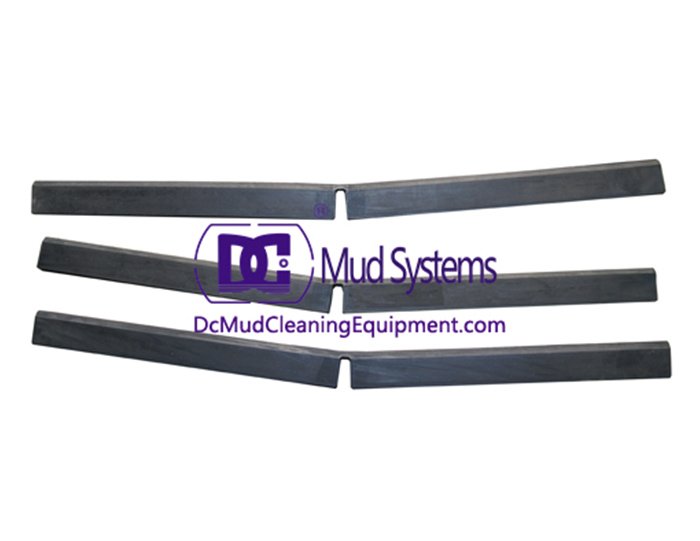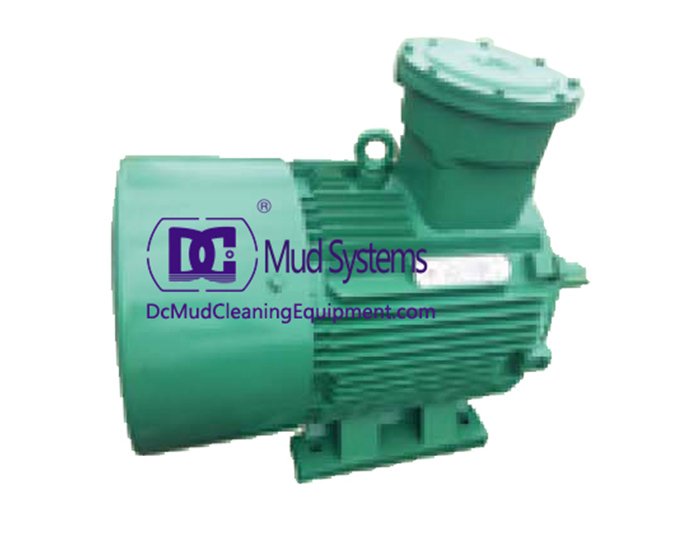In the realm of oil and gas drilling, efficient solids control is critical for maintaining operational safety and optimizing performance. Shale shakers, as a key component of these systems, rely on precise screen mesh sizes to separate drilling cuttings from the drilling fluid. Concepts such as shale shaker screen mesh sizes table, What is a shale shaker, shale shaker screen mesh sizes, shale shaker screen sizes, and shaker screen sizes are fundamental to understanding how these screens function and how to select the right ones for specific applications.
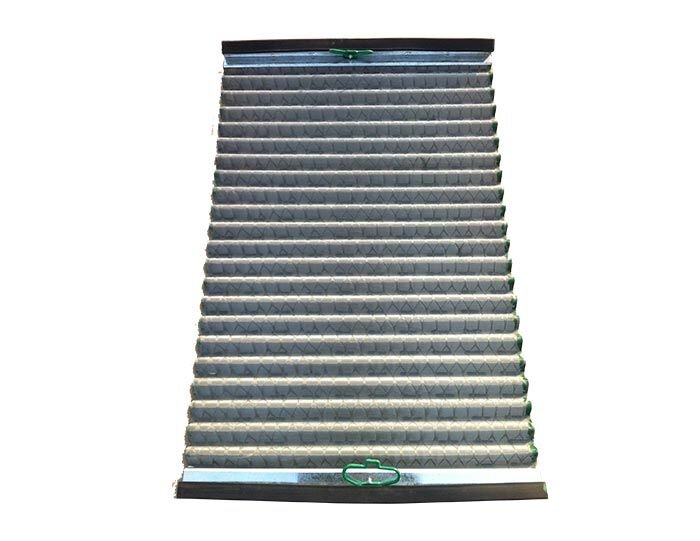
Defining a Shale Shaker and Its Role
A shale shaker is a mechanical device used in drilling operations to remove solid cuttings from the drilling fluid, allowing the fluid to be recycled. This process is essential for maintaining the integrity of the drilling fluid and preventing equipment damage. What is a shale shaker can be succinctly described as a vibrating screen that separates cuttings based on their size, with the screen mesh acting as the primary filter. The shaker operates by applying vibrations to the screen, causing the drilling fluid to pass through while retaining the solids. In oil and gas rigs, these machines are part of the first stage of solids control, ensuring that only fine particles or the desired fluid fraction proceeds to subsequent processing steps.
The Importance of Shale Shaker Screen Mesh Sizes
The effectiveness of a shale shaker largely depends on the shale shaker screen mesh sizes, which determine the cutoff size for solids separation. Mesh size refers to the number of openings per linear inch of the screen, with higher mesh numbers indicating smaller openings. For example, a 20 - mesh screen has larger openings (approximately 850 microns) and is suitable for removing coarse cuttings, while a 325 - mesh screen (around 45 microns) can capture very fine particles. Shale shaker screen mesh sizes are typically listed in standardized tables that correlate mesh numbers with both opening dimensions and the maximum particle size they can retain. Choosing the right mesh size is crucial: too coarse a screen may allow harmful solids to remain in the fluid, while too fine a screen can reduce fluid throughput and increase pressure drop.
Navigating Shale Shaker Screen Sizes and Their Applications
Shale shaker screen sizes encompass both mesh count and the physical dimensions of the screen itself, such as length, width, and depth. Manufacturers offer a range of screen sizes to fit different shaker models, with common dimensions including 36x72 inches or 48x96 inches for large - scale rigs. The selection of shale shaker screen sizes depends on factors like the drilling fluid type, expected cuttings size distribution, and the capacity requirements of the shaker. In horizontal drilling operations, where finer control over solids is necessary, operators might opt for screens with medium to high mesh numbers (e.g., 100 - 200 mesh) to remove silt and clay particles that could damage downstream equipment. Conversely, in initial wellbore sections with coarse rock cuttings, lower mesh screens (e.g., 40 - 80 mesh) are more appropriate.
Utilizing a Shale Shaker Screen Mesh Sizes Table
A shale shaker screen mesh sizes table is a valuable resource for engineers and operators, providing a quick reference for matching screen specifications to operational needs. These tables typically list mesh numbers alongside corresponding opening sizes in both microns and inches, as well as the ASTM (American Society for Testing and Materials) designation. For instance, a table might show that a 60 - mesh screen has a 250 - micron opening, suitable for separating medium - sized cuttings, while a 150 - mesh screen with a 106 - micron opening is ideal for finer solids. Additionally, some tables include information on screen efficiency, open area percentage, and recommended applications for each mesh size, helping users make informed decisions based on their specific drilling conditions. Standardized tables ensure consistency across different manufacturers, allowing for easy replacement and compatibility checks.
FAQ: Key Insights into Shale Shaker Screen Dimensions
How do I choose the correct shaker screen sizes for my drilling rig?
Selecting shaker screen sizes involves assessing the expected cuttings size, fluid viscosity, and shaker capacity. Start by analyzing the particle size distribution of the cuttings: coarse cuttings require lower mesh numbers, while fine solids need higher mesh counts. Measure the physical space available on the shaker to ensure the screen dimensions (length, width) fit properly. Consult the manufacturer’s guidelines or a shale shaker screen mesh sizes table to match mesh openings with the desired cutoff size, and consider factors like open area percentage for optimal fluid flow.
What is the relationship between mesh number and particle retention in shale shaker screens?
The mesh number directly correlates with the maximum particle size that a screen can retain. A higher mesh number means smaller openings, thus retaining finer particles. For example, a 100 - mesh screen (150 - micron opening) will allow particles smaller than 150 microns to pass through while trapping larger ones. Using a shale shaker screen mesh sizes table, operators can determine the exact retention size for each mesh, ensuring that the screen effectively removes contaminants while allowing the drilling fluid to recirculate.
Can I use a shale shaker screen with a smaller mesh size than recommended?
Using a screen with a shale shaker screen mesh sizes smaller than recommended (i.e., higher mesh number) can lead to reduced throughput and increased pressure on the shaker. While it may capture finer solids, the smaller openings can clog more easily, especially with sticky or abrasive cuttings, leading to decreased efficiency and potential damage to the shaker. Always balance solids removal needs with fluid flow requirements by referring to industry standards or manufacturer guidelines.
How often should I replace shale shaker screens based on mesh size?
The replacement frequency of shale shaker screens depends on factors like mesh size, cuttings abrasiveness, and operating conditions. Screens with smaller mesh sizes (higher numbers) tend to wear faster due to the finer openings being more susceptible to plugging and mechanical stress from vibrations. In high - abrasion environments, even medium - mesh screens may need replacement every few days, while coarser screens in less harsh conditions could last weeks. Regular visual inspections for signs of wear, such as torn mesh or reduced flow rate, are essential for determining when to replace a screen.
Are there industry standards for shale shaker screen mesh sizes?
Yes, industry standards like those set by ASTM (American Society for Testing and Materials) provide guidelines for shale shaker screen mesh sizes. These standards define the relationship between mesh number, opening size, and wire diameter, ensuring consistency across manufacturers. Most reputable screen suppliers adhere to these standards, and their shale shaker screen mesh sizes table will reference ASTM designations (e.g., ASTM E11) to indicate compliance. Following these standards helps in selecting screens that meet global operational and safety requirements.
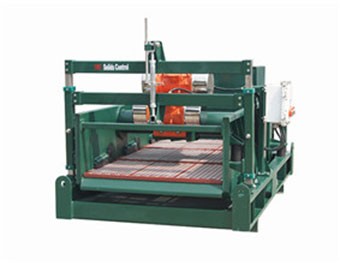 Linear Motion Shale Shaker In Drilling Rig
Linear Motion Shale Shaker In Drilling Rig 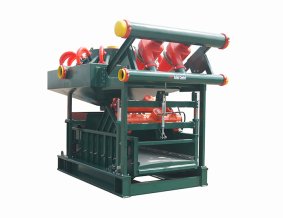 Oilfield Mud Cleaner
Oilfield Mud Cleaner 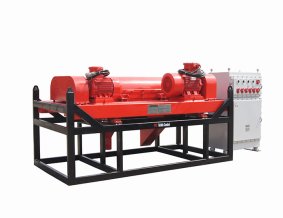 Drilling Fluid Decanter Centrifuge
Drilling Fluid Decanter Centrifuge Drilling Mud Desander
Hydrocyclone Desilter
Centrifugal Pump/Centrifugal Mud Pump
Shear Pump
Jet Mud Mixer
Horizontal Mud Agitator
Constant Pressure Drilling Fluid Mud Gas Separator
Mud Gun
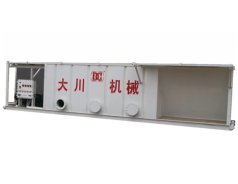 Mud Tank
Mud Tank Solids Control System Vacuum Degasser
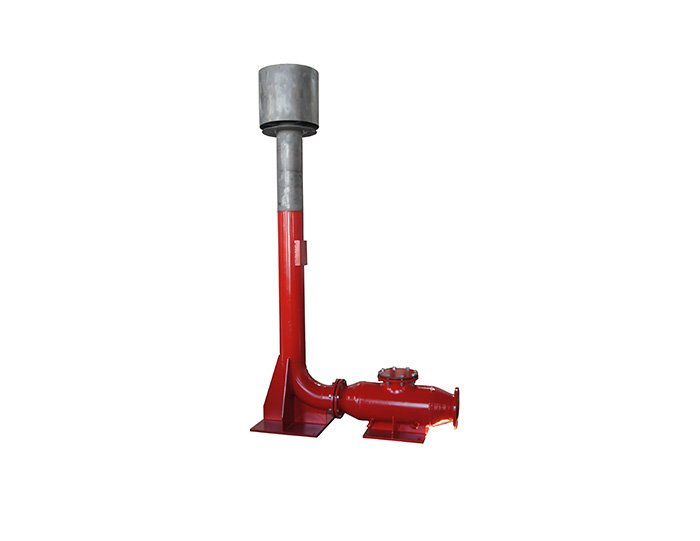 Flare Ignition Device
Flare Ignition Device  Diesel Tank
Diesel Tank 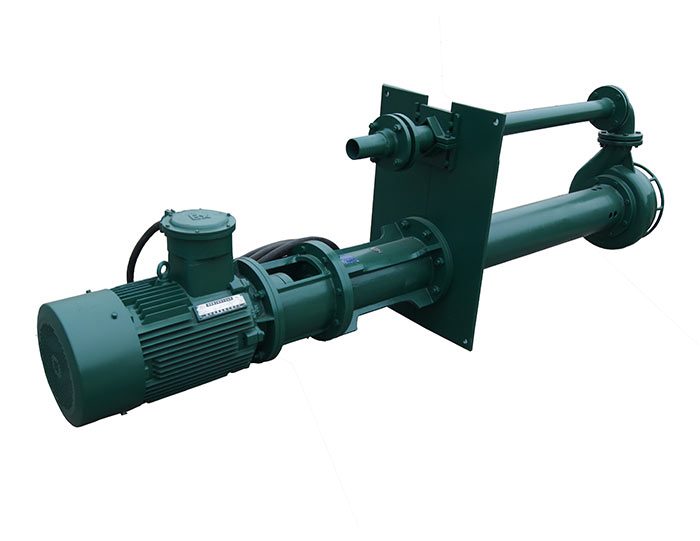 Submersible Slurry Pump
Submersible Slurry Pump 



